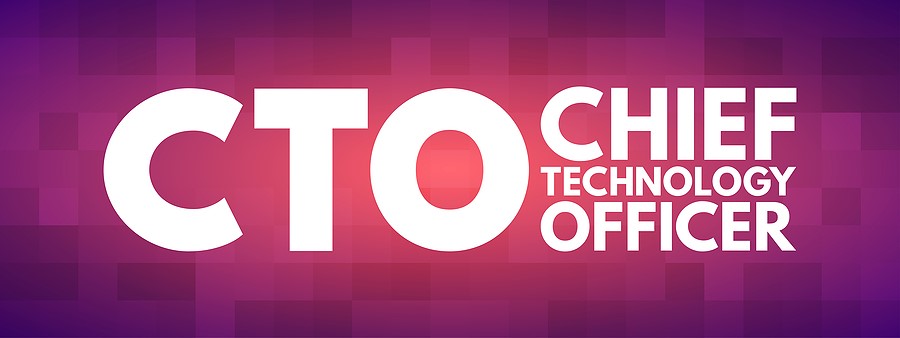2020 has disrupted business life in ways we could scarcely have guessed just one year ago. For example, remote work jumped years ahead in a matter of weeks, leaving organizations scrambling to keep up. Fortunately, key benefits of managed services and vCTO (virtual Chief Technology Officer) empower companies to rapidly adapt to such unexpected challenges.
For instance, quickly moving processes to the cloud to accommodate remote work can severely tax traditional IT resources. Organizations that utilize managed services and/or vCTO, however, find themselves able to navigate a rapidly evolving landscape with relative ease.
Managed Services and vCTO vs. Traditional IT
In the traditional IT model, organizations staff IT departments or outsource technical support to a third party. IT personnel implement new technology, respond to computer problems and implement cybersecurity. Forward-thinking companies involve IT in strategic planning.
However, this traditional approach brings inherent difficulties. After-hours support often means long delays and overtime pay. Capital expenses for hardware and software eat away the budget. And in-house personnel may lack the expertise necessary to harness emerging technology and meet cybersecurity challenges that change daily.
Enter the managed services model. In this scenario, companies contract with a managed services provider (MSP) not only to fix problems but, more importantly, to take a proactive approach to issue prevention and strategic planning. For some organizations, this involves using a vCTO to elevate the role of technology in the organization.
Significant benefits of managed services and virtual CTOs include greater business continuity, enhanced security, improved cost management and intelligent decision making.

1. Business Continuity
Traditional IT typically provides full support during business hours and reduced support off hours. MSPs, on the other hand, offer coverage options to include full support 24x7x365. Additionally, your MSP can monitor your system round the clock, predicting and proactively addressing potential issues.
In addition to ensuring that day-to-day operations run smoothly, your MSP or vCTO helps your organization develop a business continuity plan. Thus, in the event of a natural disaster or other catastrophic event, you can resume normal business operations with minimal downtime and data loss.
2. Increased Cyber Security
Ransomware, phishing and other cyberattacks have become a fact of life in recent years. Organizations have spent millions of dollars recovering from attacks, struggling to close security gaps and ensure regulatory compliance.
MSPs and vCTOs make it their business to stay up to date on cybersecurity threats and the tools that prevent, detect, and remediate them. Your provider will keep your systems updated, ensure encryption and help you implement comprehensive data security. Consequently, you can sleep peacefully, knowing your critical assets have round-the-clock protection.
3. Cost Management and Scalability
The budgetary impact of traditional IT can prove both significant and unpredictable. Capital costs for hardware and software mean that companies often delay implementing technology. Add the cost of personnel, licensing fees and necessary fixes for system failures or cyberattacks, and the budget balloons quickly.
With managed services and vCTOs, organizations usually pay a fixed monthly fee for services. In the cloud environment, the MSP maintains the hardware and software, ensuring that all systems stay up to date. Thus, your organization no longer feels the burden of capital expenses or recurring license and maintenance fees.
Additionally, you pay for what you use. That is, you typically adjust your contract monthly to adapt to ebbs and flows in business. For instance, if you add staff to meet increased demand, you can add necessary software licenses immediately. Or, if you find you overestimated cloud storage needs, you scale down.

4. Informed Technology Strategy
Determining the right technology strategy to meet your needs can prove challenging. But with managed services and vCTOs, you gain more than security and updated systems. You also gain access to a full team of experts.
As one of the key benefits of managed services and virtual CTOs, your provider can provide essential guidance to inform decision making. Thus, they can help you customize strategies to meet your business needs and determine when and how to implement technology most effectively.
Leverage the Benefits of Managed Services and Virtual CTOs Today
At eMazzanti, we make it our calling to stay on top of emerging technologies. From innovative cloud services to proactive network maintenance, cutting edge cybersecurity and much more, we have you covered. We take the pain out of information technology, leaving you free to focus on your core business.













